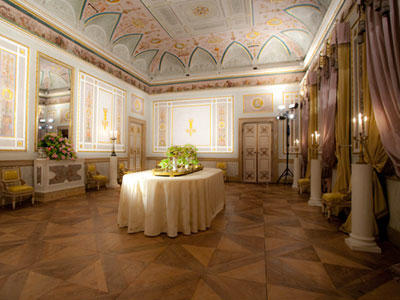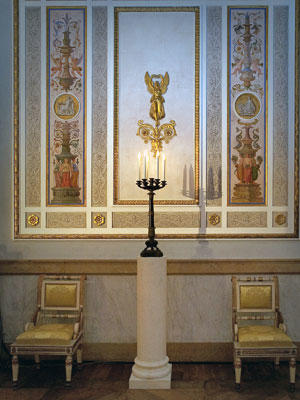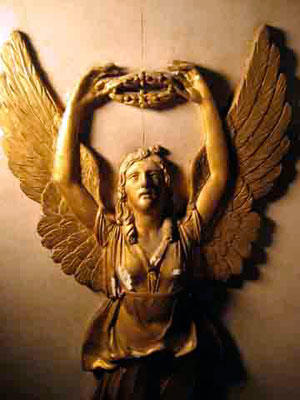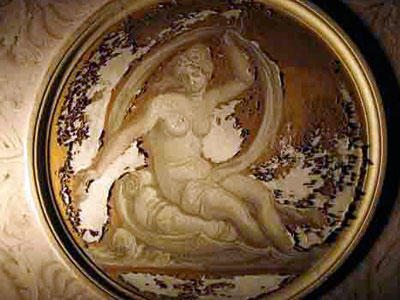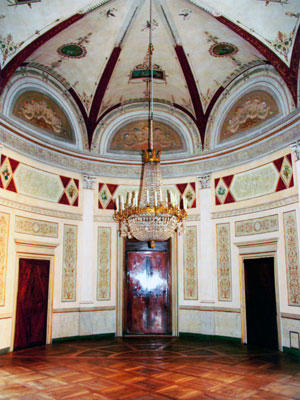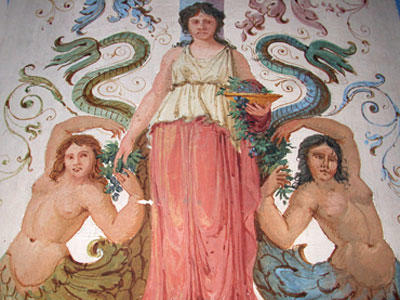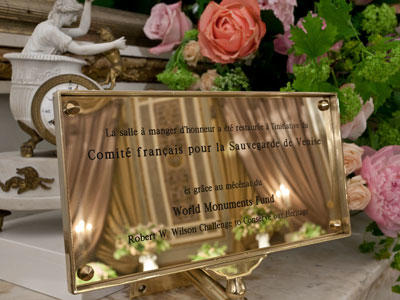Royal Palace of Venice (Correr Museum)
Site and Significance
A Physical Reminder of Venice's History
The Royal Palace of Venice, known today as the Museo Correr (named for the institution’s chief benefactor, Teodoro Correr), stands as a reminder of Venice’s long history as an independent state and, during much of the nineteenth century, as a territorial possession of France and Austria. The museum is located in the Piazza San Marco, housed within the Procuratie Nuove. The adjacent Ala Napoleonica, or Napoleonic Wing, a neoclassical structure built on the orders of Napleon I, houses the museum’s entrance. The building contains what was once the royal palace of Venice, whose interiors display the work of some of the period’s most renowned designers, including Giuseppe Soli, Lorenzo Santi, and Giuseppe Borsato. Construction of the palace began in 1808, and the building was used by ruling powers throughout the nineteenth century. The museum’s collection, established in 1830 and supplemented by gifts and acquisitions in later years, documents both the civic and artistic history of the city.
Our Involvement
Responding to Decades of Neglect
The palace was largely intended as a reflection of Napoleonic authority in Venice, and its Royal Suite features a high level of decorative craftsmanship in the neoclassical style favored at the turn of the nineteenth century. By 2003, however, the palace had suffered from decades of neglect: cracks threatened interior walls, stucco, and frescoes, and marble floor tiles appeared cracked, displaced, or missing. WMF supported a program to address the various problems that jeopardized the monument, room by room. Most recently, World Monuments Fund (WMF) completed work on Giuseppe Borsato’s impressive decorative scheme for the State Dining Room. That project concluded in February 2009, when the Royal Suite reopened to the public.
Restoration Leads to Broader Access
WMF’s efforts at the Royal Palace recognize an underrepresented period in Venetian history and celebrate the high-quality artistic expression that accompanied it. Through its work at the palace, the organization preserved a significant body of decorative work that would likely have otherwise degraded further and almost certainly remain closed to the public. By restoring the suite’s interiors, WMF encouraged broader access to work by some of the most important nineteenth-century Venetian designers and artisans. The project has resulted in the Venetian authorities providing greater public access to these rooms, allowing visitors a rich opportunity to experience Venetian’s continuing artistic excellence after the well-known Venetian Renaissance. More recently, in 2021, the Comité Français pour la Sauvegarde de Venise implemented a new project, and the restored and refurnished small imperial apartments within the Correr Museum were inaugurated in July 2022.
Learn More
World Monuments Fund safeguards cultural heritage around the globe, ensuring our treasured places are preserved for present and future generations.
Sign up for our newsletter to receive regular updates on our projects, stories from the field, upcoming events, and more!
![]()
Work at this site was made possible, in part, by the Florence Gould Foundation.

